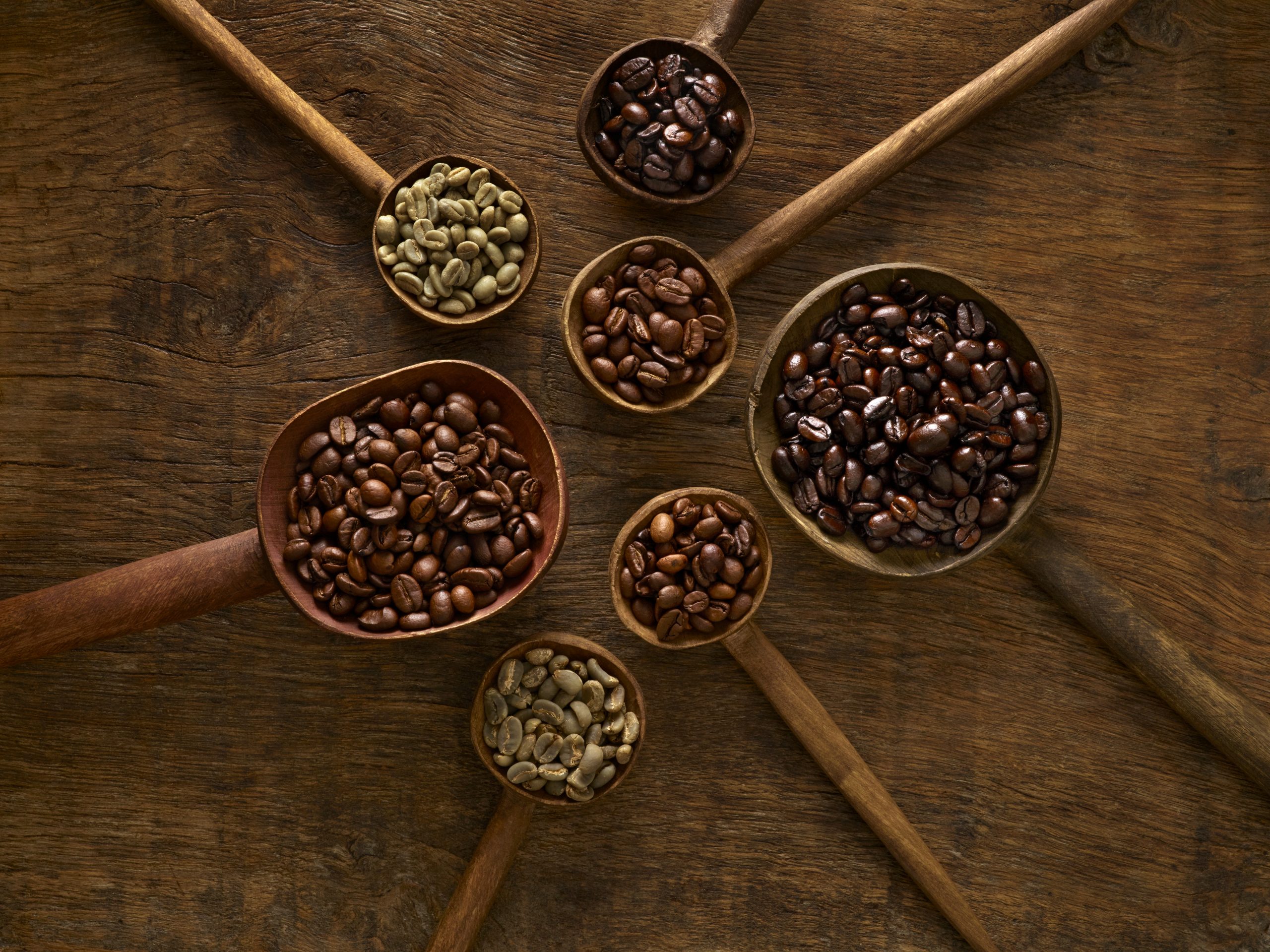
Trends & lifestyle
Coffee is available in a variety of different forms to suit different coffee machines and coffee making preferences. It all starts with the coffee bean. Much like wine, the region where a bean grows impacts on flavour. The amount of water, sunshine, fertile soil and the time from picking to roasting can impact on the final taste.
The Origins of Coffee Beans
Ethiopian Coffee – the birth place of Coffee.
The coffee story begins in Ethiopia. There is anecdotal evidence of coffee existing as far back as the 13th Century in the Kingdom of Kaffa in Ethiopia. It is not until the 15th Century that hard evidence of coffee consumption appears in the nearby region of the Sufi monasteries of Yemen.
Middle Eastern Coffee & North African Coffee – the first Café.
By the 16th Century Coffee had reached the Middle East and North Africa. By the second half of the 16th Century the first cafés appeared in Constantinople (now Istanbul, Turkey). These cafés soon became preferred meeting places for diplomats, artists, authors and intellectuals.
Italian Coffee from Venice – coffee arrives in Europe.
As a popular hub for trade, the Venetians were the first to import this new trend from the Middle East, in about 1600. There was initial controversy over the drink until Pope Clement VIII approved it for consumption by Catholics in 1600. The first European coffee house was opened in 1645 in Venice, not far from De’Longhi’s hometown of Treviso.
These Venetian Cafés were a huge hit and soon started to spread. On the back of the British India Trade Company and the Dutch East India Trade Company Europeans were quickly introduced to coffee and they embraced it with gusto. Today, coffee is an intimate part of the modern European lifestyle.
Types of Coffee Beans
There are three major varieties of coffee: the Robusta, Arabica, and the Blended types. Several other varieties of coffee exist nowadays. All of these varieties are prepared from the blends, which are mixed to provide a new taste and flavour.
Arabica Coffee
Low in caffeine, low in acidity and high in flavour and aroma.
These plants are considered a high quality bean and produce very flavourful and aromatic coffee. Grown best in altitudes beyond 3,000 feet above sea level, Arabica plants demand more rigid growing requirements and are more expensive.
Robusta Coffee
Robusta has twice the caffeine of Arabica and is often responsible for a thicker ‘crema’ (hazelnut foam) to the top of an espresso.
Less flavourful and less aromatic than Arabica, Robusta are not usually used in gourmet coffee roasts, but as a ‘filler’ bean for instant coffees in order to keep down roasters’ costs.
Blending Coffee Beans
Blending is the technique of mixing varieties, combining those beans that complement one another, with characteristics that enhance the final product and produce the ultimate best taste.
Roasting Coffee Beans
There are different roast levels for the common types coffee.
Coffee is also available in other speciality roasts, most popular of which аre the French roast, the Italian roast and the Spanish roast.
Grinding coffee beans
Beans stay fresher for longer and grinding beans fresh always makes the best coffee. The ground coffee coarseness is crucial to the flavour, aroma and quality of the coffee. A finer setting will bring out more flavour and aroma, but may also be more bitter. A coarser setting will make a milder drink.




Testo vario
Join us
Policies
Support